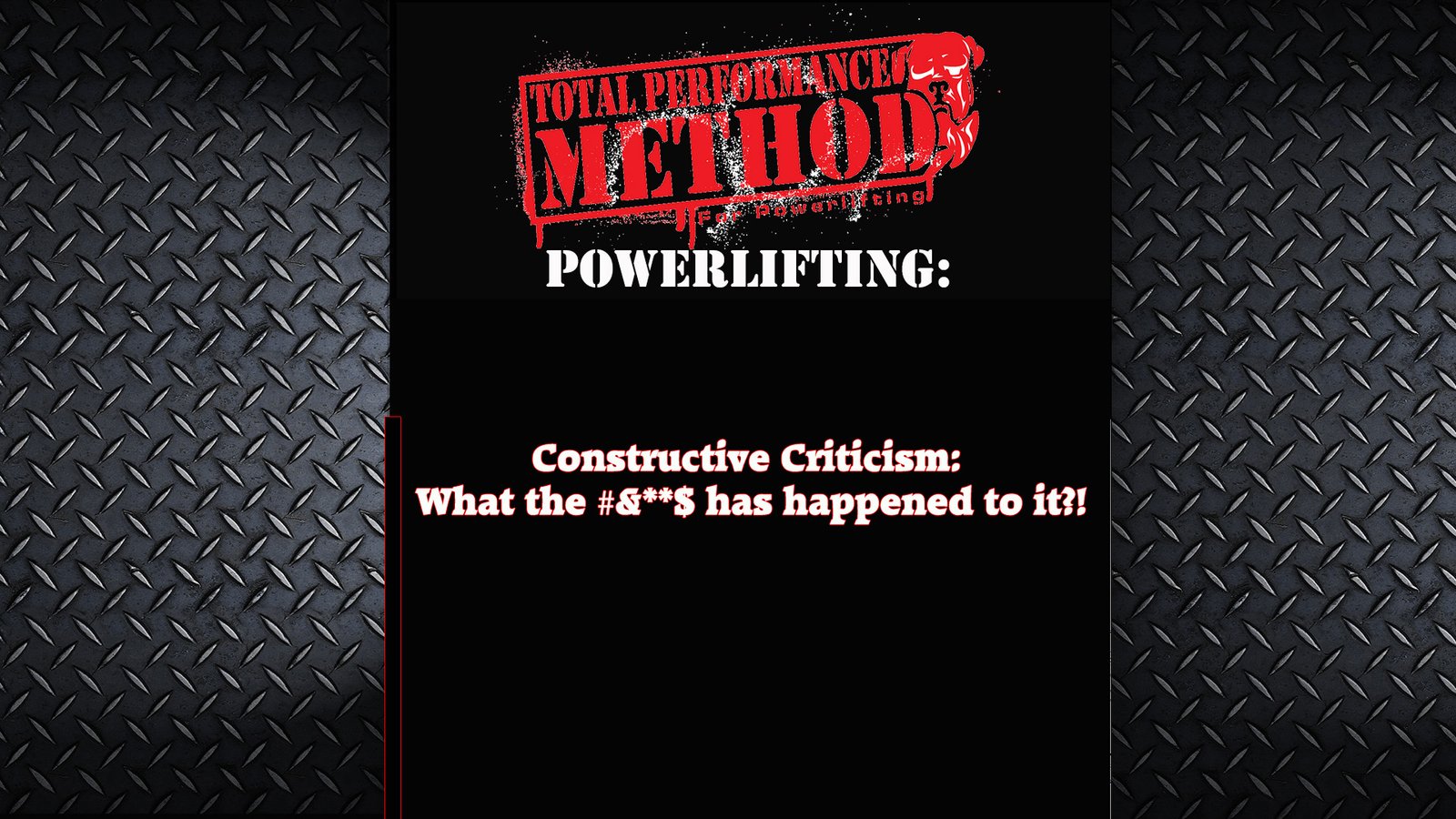By Greg Robins
The Biggest Mistake
The biggest mistake I see people make, both beginners and advanced lifters alike, is working at 95% and above of what they’re capable of too often.
Why does it suck?
1. It sucks because it’s not repeatable:
Working at such a high intensity is too neurally demanding. In order to coordinate the effort needed to produce a 100% effort means that you are maximally taxing the central nervous system. What many people don’t realize is that CNS fatigue can actually take longer to recover from than muscular fatigue, produced by lesser intensities at a higher volume. If you want to improve outputs (maximal force production) you want to be able to repeat them, not set yourself up to train at something less all the time.
As an example, elite sprinters will take incredibly long rest periods (by most of our standards) between sprints in training. Why? They want to repeat high outputs; this can only be done when you are fresh. Relate this to lifting, the same rule applies: If you want to produce high outputs, you need to be fresh.
It is of note that beginners can work at higher intensities more often. This is because they are less capable of maximally tapping into their potential. Their outputs are inherently lower because they haven’t learned to recruit maximally. Either way, I am an advocate for sub-maximal training in newbies, too. In actuality, a true newcomer can make strength gains from as little as 40% of what they are capable of.
With the same coin, veterans to strength training should heed this advice even more. Because they ARE able to produce high outputs, they shouldn’t put out maximally often. Many of the strongest people in the world have set personal records on the platform, or in competition, without touching more than 80 to 85% of what they were capable of in training. More on how that’s possible later.
Lastly, why is the repeatability of an intensity important? Simply because it can be trained more often. What do you think would work better, continually being able to work at improving 80%, or attempting to improve 100% sparingly but then having to spend a good length of time at much lower intensities? The answer is debatable, but I would argue if, over the course of 12 weeks, you could train at an average intensity of nearly 75%, instead of an average of say 60%, you are going to make better gains.
2. It doesn’t promote quality movements
Can we agree that shit tends to go wrong at 95+%? It’s ok, as long as we don’t do it so often that we teach our bodies this acceptable. The more we tinker on that line of good and bad form, the more likely we are to continually execute bad form. It’s the same as sport practice. If you were to take batting practice every day and swing out of your shoes at every pitch, what are you most likely to look like at the plate? Ridiculous, most likely.
Instead we can train at lower percentages, with a focus on quality, fast repetitions. This will help us learn, and help our bodies learn what “right” feels like. In return, when we do test the limits we are going to revert back to our training. The result? Better recruitment, better form, more success.
How Do We Avoid This Mistake?
1. Keep Track Of Repetition Maxes
If our 100% is the only indicator we have of what we are capable of, we are going to want to improve it in order to measure progress. Instead, record your best three or five repetition maxes. Without these numbers, you aren’t going to realize progress that is taking place right in front of you. If you don’t monitor that progress, you are going to be tempted to test 100%. More times than not, you will end up missing lifts, essentially working at over 100%. Doing so will be equally, if not more detrimental to your progress than working at 95-100% too often.
2. Work Sub Maximally More Often
If we make the change to working at lower percentages more often you will find that your previous 100% starts to appear at lower percentages. As your repetition maxes improve, you can make adjustment to your perceived one-repetition maximum. If we can hit a 10lb PR at 90% then we are training ideally. If we can hit a 10lb PR at 80% we are really making progress.
Check your ego at the door, and embrace the principle of delayed gratification. While it may seem that you are handling smaller weights at first, if you stay consistent you will be lifting your one-rep max of today as a set of 5 at 80% in no time. Stop missing reps, stop testing your 100% and embrace a more intelligent way of training. Your body will thank you, your training will improve, and you will be stronger than ever before. Be patient, train hard, and stay focused.
Greg Robins www.gregtrainer.com







Leave A Comment